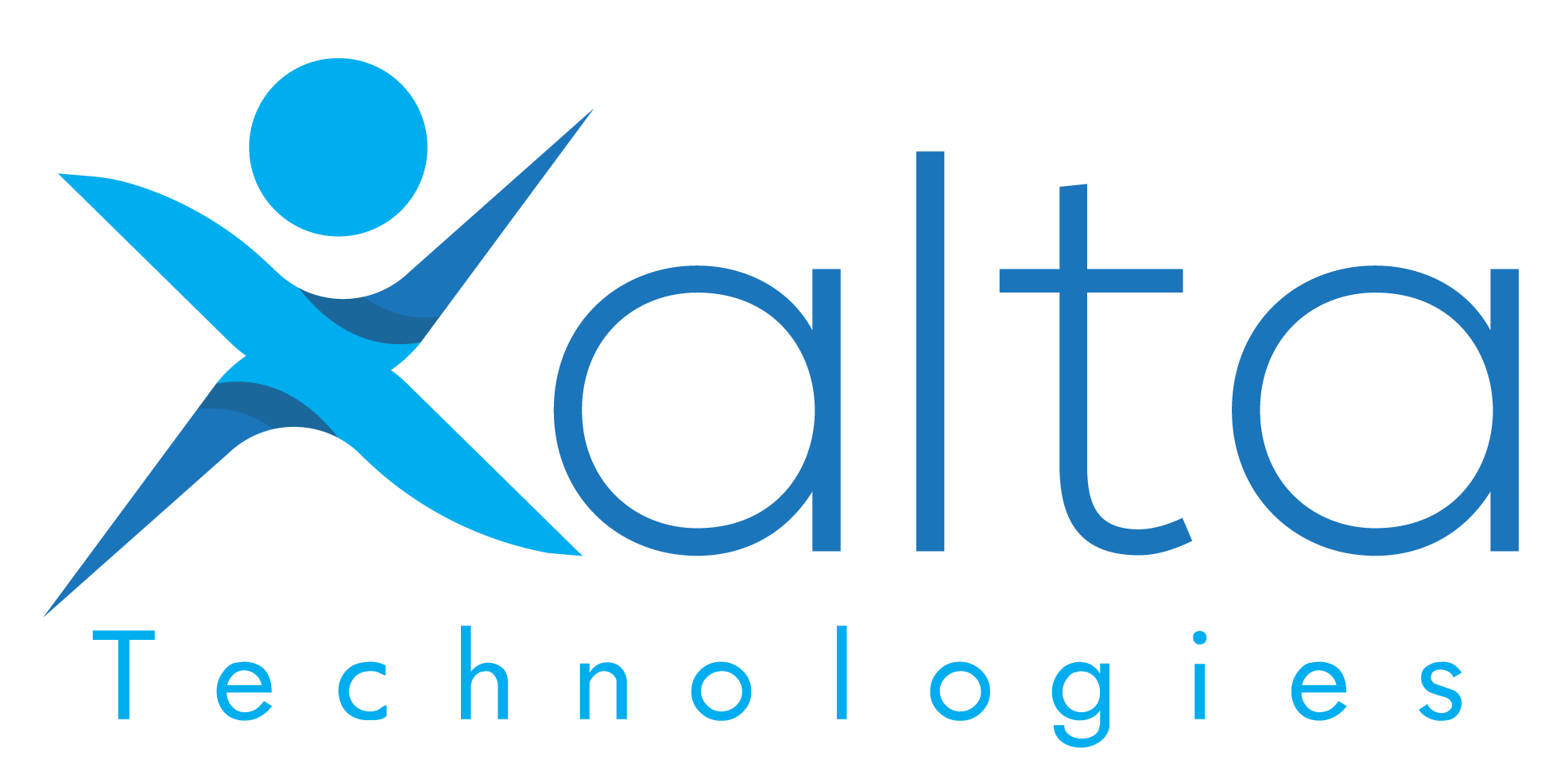Demo – Robotic Process Automation
Nintex + Xalta: Robotic Process Automation (RPA) in HR Processes: A Real-World Implementation
For leading organizations, Robotic Process Automation (RPA) has become an integral part of automating the employee onboarding and offboarding processes. Learn about the practical implementation of RPA in HR processes and see the technology in action in a real-world setting.
In this demo, you will learn how RPA can:
- Automate repetitive and time-consuming tasks.
- Increase efficiencies.
- Reduce errors.
Experience both attended and unattended RPA, with bots performing tasks on their own, as well as situations where human collaboration is needed to guide the bot to complete a task effectively.
Employee Onboarding Automation
Employee Offboarding Automation
Benefits Of RPA Implementation For HR Processes
Implementing RPA in HR processes can bring about several benefits. Some of them are as follows:
- Faster Processes: RPA bots can complete tasks in a fraction of the time it takes for humans to perform the same tasks. Automating repetitive tasks such as data entry, document verification, and compliance checks results in faster processes and faster employee onboarding and offboarding.
- Increased Accuracy: RPA bots can perform tasks with high accuracy and consistency, minimizing errors and reducing the need for manual interventions.
- Cost Savings: By automating HR processes, organizations can save significant costs associated with manual labor and rework due to errors. It also reduces the need for extra staff, resulting in cost savings for the organization.
- Better Employee Experience: By automating repetitive tasks, HR personnel can focus on strategic tasks, leading to a better employee experience. This can result in higher employee satisfaction, improved retention rates, and better productivity.
Best Practices For Implementing RPA In HR
Implementing RPA in HR processes can be a game-changer for your organization, but it’s important to approach it strategically. Here are some tips for successful implementation:
- Start small: Begin with a pilot project to test the waters and identify potential issues before scaling up.
- Involve HR staff: Get input from HR staff on which tasks are most time-consuming and repetitive and involve them in the implementation process.
- Choose the right processes: Identify rule-based and repetitive processes, such as data entry or onboarding paperwork.
- Choose the right tool: Select an RPA tool that is user-friendly and can integrate with your existing HR systems.
- Ensure data security: Make sure that sensitive HR data is protected, and that RPA is compliant with data privacy regulations.
- Train staff: Provide training to HR staff on how to use the RPA tool and how it will impact their daily tasks.
- Monitor and evaluate: Continuously monitor the effectiveness of the RPA implementation and adjust as needed.
FAQs About RPA In HR Processes
1. What is RPA, and how does it work in HR processes?
RPA stands for Robotic Process Automation. It is a technology that uses software bots to automate repetitive tasks. In HR processes, RPA can automate tasks such as employee onboarding, payroll processing, and time and attendance tracking.
2. What HR processes can be automated using RPA?
You can use RPA to automate several HR that involve repetitive and mundane tasks processes such as employee onboarding, offboarding, data entry, payroll processing, attendance tracking, benefits administration, and more.
3. How can RPA benefit HR processes?
Your HR processes can benefit from RPA by reducing manual errors, increasing efficiency and accuracy, improving compliance, and allowing HR professionals to focus on more strategic tasks.
4. Is RPA easy to implement in HR processes?
We can help you easily and quickly implement Robotic Process Automation (RPA) in your HR processes with our trained professionals and suitable RPA tools. Our team will assess your HR processes, identify the ones suitable for automation, and guide you through the RPA implementation process. With our help, you can streamline your HR processes and benefit from RPA efficiently.
5. Will RPA replace HR professionals?
No, RPA is designed to automate repetitive and mundane tasks to free up your employees so they can focus on more strategic tasks. It cannot replace human intelligence and decision-making capabilities. HR professionals will still be required to oversee the RPA system, manage exceptions, and make critical decisions.
6. How can RPA improve employee satisfaction and engagement?
By automating repetitive and time-consuming HR tasks, RPA can free up HR staff to focus on more strategic initiatives that directly impact employee satisfaction and engagement. For example, HR staff can spend more time developing training programs, creating career development plans, and implementing employee recognition programs. Additionally, RPA can help ensure that HR processes are completed accurately and efficiently, which can improve the overall employee experience.
7. Can RPA be integrated with other HR software?
Yes, RPA can be integrated with other HR software such as applicant tracking systems, HR management systems, and payroll software to streamline HR processes and reduce your team’s manual efforts.
8. Is RPA cost-effective for small organizations?
Yes, even as a small organization you can achieve an ROI of 30-200% within the first year of implementing RPA, according to the “Global RPA Survey” conducted by Deloitte in 2018.
A survey by Gartner in 2021 found that the average payback period for RPA was less than 12 months for 58% of organizations.
Another survey by UiPath in 2020 found that 80% of small and medium-sized enterprises (SMEs) reported cost savings and 63% reported productivity improvements as a result of implementing RPA.
These surveys demonstrate that RPA can be a cost-effective solution for small organizations.
